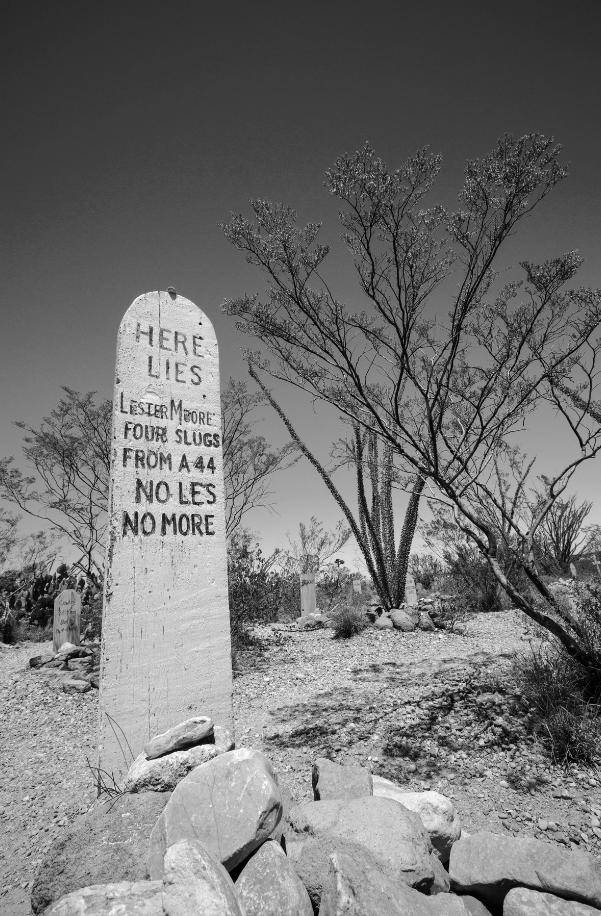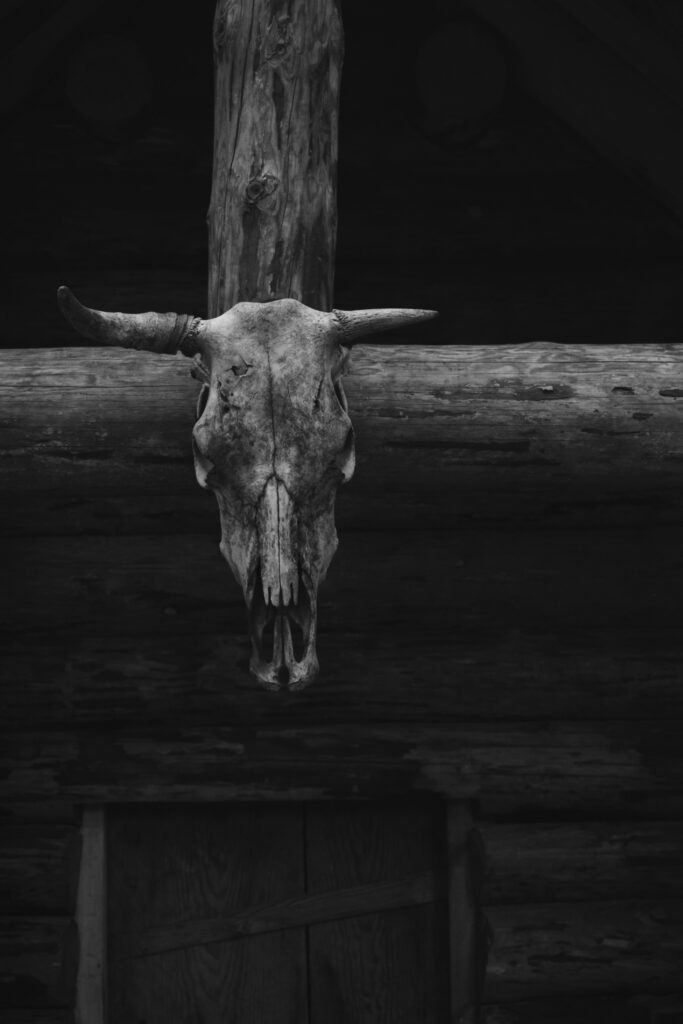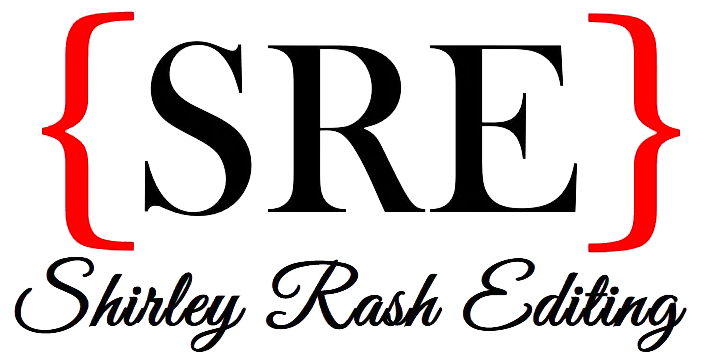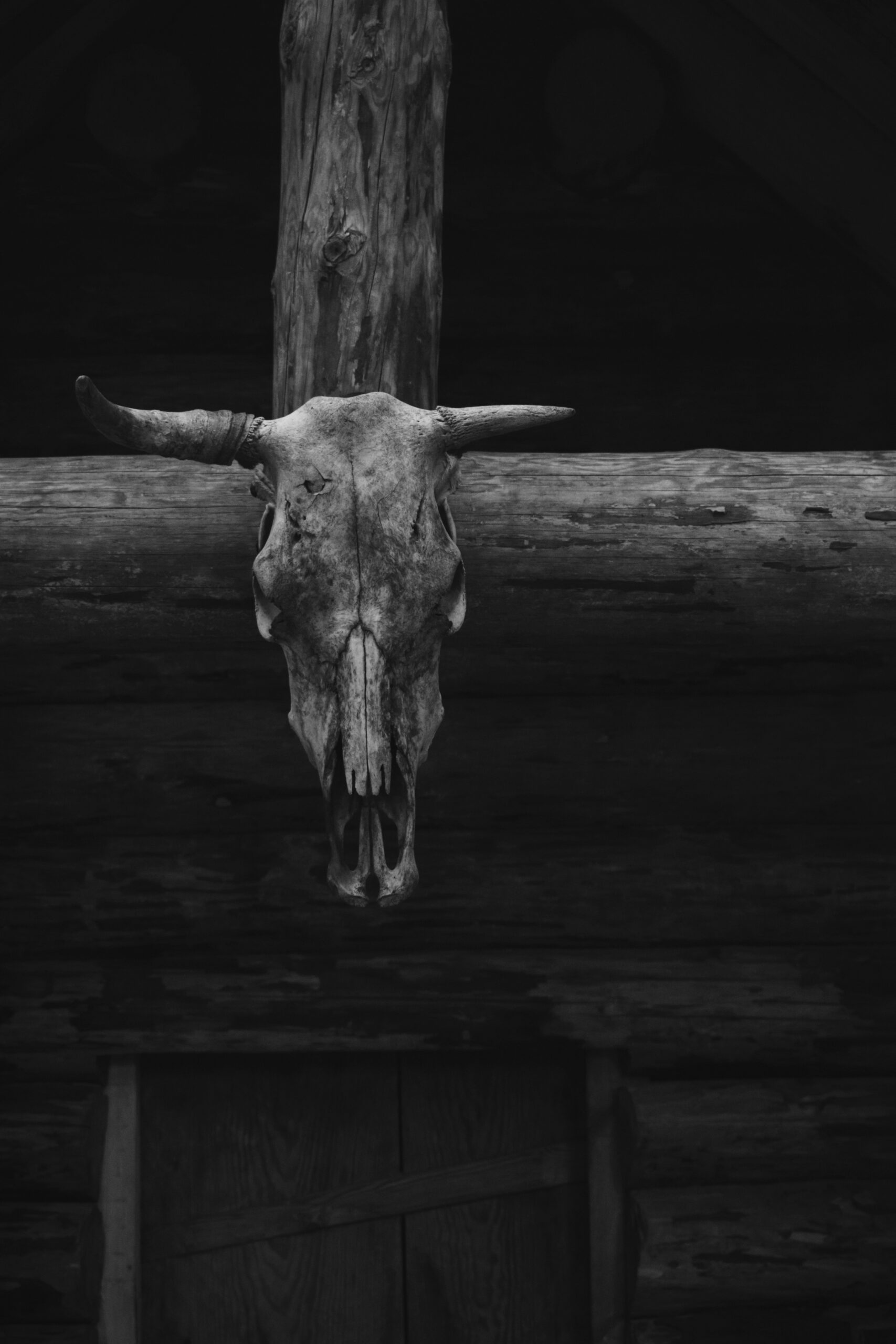In previous installments of this series, we’ve compared the narrative structure and use of conflict in Tombstone and Wyatt Earp for plotting lessons we can apply to manuscripts. This week, we’re looking specifically at lessons we can learn from the depictions of villains in the two movies.
The Villain Problem in Wyatt Earp
One of the main issues I noted with Wyatt Earp when we discussed narrative structure is the OK Corral subplot occupies about 40% of the movie, but the conflict between the Earp-Holliday faction and the Cowboys is skimmed over. In the same way, the villains themselves are largely incidental to the plot. Curly Bill is probably the most prominent in the sense that he is named and pops up in a couple of scenes. However, there’s nothing fleshed out about him. The Clantons also pop up, but other than a couple of lines where they’re name-checked it’s sometimes hard to tell who even is a Clanton or a McLaury, which is a tension killer once the pivotal actual shootout involving the Clantons and McLaurys starts. In what might be the most egregious example of how little interest the movie has in its villains, Johnny Ringo is only directly shown once, when another character conveniently shouts his name right before killing him. Hi, Johnny. Bye, Johnny. It’s hard to have effective, interesting, or memorable villains when the story doesn’t even bother to distinguish them from each other.
I’ve noticed when working on some manuscripts, the villains are often treated in a similar cursory manner. They pop up as needed—often rather late in the proceedings—and they are easily bested. The writer’s thinking often is the quick dispatch of the villain shows how strong the hero is, but it really does the opposite. If you want an interesting, compelling protagonist, you also need an interesting, compelling antagonist who is a real challenge. From the audience’s standpoint, the protagonist’s victory should not seem guaranteed!
Villainy in Tombstone
Tombstone offers some excellent lessons on how to craft great villains. Unlike Wyatt Earp, Tombstone doesn’t hold off on introducing its bad guys. In fact, the opening scene after the initial narration features them, and boy, are they some really bad guys. They casually slaughter an entire wedding party before nonchalantly sitting down to eat the wedding feast. It’s a memorably villainous entrance, and even if you have a hard time keeping track of this motley crew, you’re not going to soon forget its leader, Curly Bill, and the enigmatic Johnny Ringo.
You can watch the scene here, though feel free to skip if you don’t want to watch the violence.
Curly Bill is flashy—sporting a bright red shirt and snazzy Cavalry boots with aces on them—and surprisingly jovial for a cold-blooded killer. Ringo, meanwhile, sets himself apart as both unusually educated in comparison to the others and exceptionally vicious and standoffish. The others quietly avoid shooting the local priest, but Ringo has no problem murdering him. Though he quickly laughs it off (after the clip ends), Curly Bill even seems a bit shocked by this, despite conducting his own murderous rampage minutes earlier.

In the scenes that follow, these characters get fleshed out more and some complexity is added to them. We get to see them take in the theater, in which they are as obnoxiously ill-behaved as you’d expect, but they also end up genuinely captivated and moved by Shakespeare. We then get to see them finally meet Wyatt and Doc, which is also about as tense as you’d expect. Through all of this, Curly Bill remains the gregarious one while Ringo comes across as the ultimate dangerous loner. But Curly Bill is shown to be a bit more restrained than the others, not out of any moral compunction but rather just because he’s more cunning and patient than his affable, grandiose personality suggests. Ringo is also shown to be innately troubled and resigned to it in his own private way, as well as unsettled by Doc Holliday.
It takes a bit for the movie to focus on Ike Clanton, but he’s also hard to forget once you meet him. An annoying loudmouth who can be reliably counted on to always run from a fair fight, Ike completely lacks either Curly Bill’s social skills or Ringo’s brains, and he’s clearly going to be the gasoline poured on this fire.
By early establishing these character traits, Tombstone ensures its villains aren’t just wallpaper for the events that unfold. They’re a vital part of the plot, and they’re treated accordingly. They’re undeniably bad guys, but they’re also relatively three-dimensional ones with their own individual personalities and goals. They don’t just exist to be mowed down by the protagonists. They even have friends and lives outside of being the movie’s villains. Mostly evil friends they commit crimes with and lives that largely revolve around being rowdy jerks, but there’s clearly a bond between them all that drives their own quest for revenge in the same way that Wyatt’s anguish over the attacks on his beloved brothers drives his own vengeance.
And during Wyatt’s vengeance ride, the movie doesn’t treat Wyatt triumphing as a foregone conclusion, even though if you know your history you know you don’t have to worry about his survival. Yes, Kurt Russell’s Wyatt and friends slaughter a lot of cowboys—a truly unhistorical amount, to be honest—but it’s not a given he’ll survive the ambush set by Curly Bill and he expresses genuine concern to Doc that he won’t emerge victoriously if he squares off with Ringo. Because we’ve seen both of these bad guys in action, they loom as a significant, very real threat to him.

The Problem with Weak, Ineffective Villains
In contrast, Wyatt Earp attempts to explain the conflict in a few quick lines of dialogue and treats the presence of the Cowboys as afterthoughts. One could perhaps argue there is a thematic purpose for that, to demonstrate that they weren’t so much of a threat, but I don’t think you can then blame audiences for treating the storyline as an anticlimactic afterthought in return. A Johnny Ringo who’s only identified just as he’s shot down isn’t going to be anywhere near as interesting of an antagonist compared to when the story has developed him as a haunting, formidable, and unbalanced psycho for nearly 2 hours. It’s also not even an example of in media res storytelling since this is hardly the start of the story. Rather than starting in the middle, it just pretty much skips over everything related to the antagonists.
Do you know who actually emerges as the most memorable antagonist in the Wyatt Earp depiction of Tombstone? The smarmy, gladhanding town sheriff, Johnny Behan. He is no actual physical threat to Wyatt Earp, in that movie or real life, but he gets a lot more screentime and development than any of the other antagonists.
Applying These Lessons to Writing
We talked last time about the importance of introducing your story’s conflict early to ensure the narrative is compelling. It’s just as vital to make sure the antagonist at the heart of that conflict is an interesting, vibrant character in their own right. To work as a legitimate threat to your protagonist, the villain needs to be an actual challenge and have an actual role in the story.
Unsure if your villain is up to the task of being an antagonist? I can help! Part of my developmental editing and manuscript critique services include evaluating characters and their role in the narrative.
Next Time
Next week, we’re going to use the two movies as a jumping-off point to expand on these principles about character development and look at how creating foils for your characters is also a vital aspect of storytelling.
Tombstone Versus Wyatt Earp series





